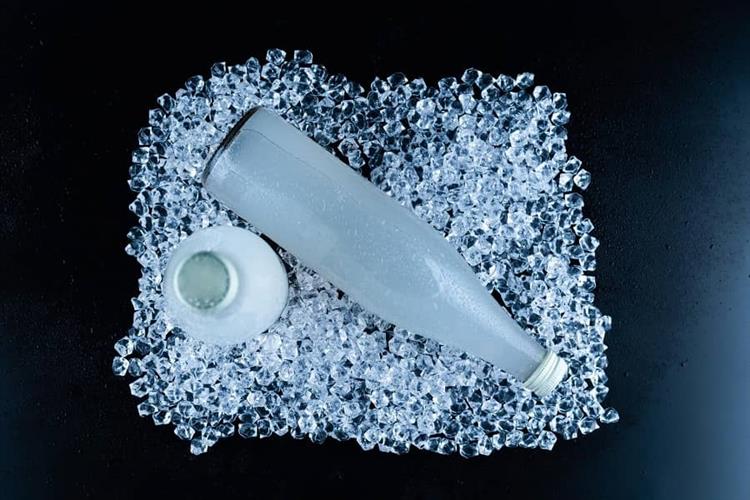
- 18 March 2024
- 826 Views
What is Poly Aluminium Chloride?
Poly Aluminium Chloride (PAC) is a highly effective chemical used in water treatment, paper manufacturing, and several other industrial applications. It is a coagulant that, upon dissolving in water, releases charged particles which help to remove impurities such as dirt, organic matter, and microorganisms from the water. PAC is recognized for its high efficiency, versatility, and the relatively low amount of sludge it produces compared to other coagulants.
Composition of Poly Aluminium Chloride
Poly Aluminium Chloride is a complex compound with the formula Aln(OH)mCl3n-m, showcasing a mix of aluminum, chlorine, and hydroxide. It typically presents as a yellow or light brown powder, or as a liquid, depending on its concentration and intended use. PAC's high charge density enables it to effectively remove turbidity, color, and microbial contaminants from water, making it an efficient purifying agent.
Technical Information
Poly Aluminium Chloride is known chemically as Aln(OH)mCl3n-m, where n and m can vary but maintain the general formula indicating aluminum, chlorine, and hydroxide parts. It typically appears as a yellow powder when in its most effective form for water treatment, but it can also be found in a liquid state. The effectiveness of PAC in treating water is highly dependent on its composition and the pH level of the water being treated.
| Property | Detail |
|---|---|
| Chemical Formula | [Al2(OH)nCl6-n] (varies with polymerization) |
| Applications | Water treatment, paper production, textiles |
| Solubility | Highly soluble in water |
| Acidity | Solutions are acidic |
| Production | Reaction of aluminum hydroxide and hydrochloric acid |
| Effects | Coagulant for removing contaminants from water |
Chemical and Physical Properties of Poly Aluminium Chloride
PAC has a unique set of chemical and physical properties that make it a preferred choice for many applications. It has a high charge density, which makes it very effective at destabilizing and removing suspended materials. The compound is also relatively stable over a wide range of temperatures and has a lower corrosivity compared to other coagulants, making it safer to handle and apply.
The Evolution of Water Treatment: PAC's Role
The development of PAC marked a significant advancement in water treatment technologies. Originating in Japan in the 1960s, its superior coagulation properties quickly garnered global recognition, offering an effective alternative to traditional coagulants like alum. PAC's ability to operate across a broad pH range and its efficiency in various temperatures and turbidity levels have cemented its role in modern water treatment protocols.
Broad-Spectrum Applications: Beyond Water Purification
While PAC is predominantly known for its water treatment capabilities, its utility extends into several other sectors. In paper production, PAC aids in sizing and water clarification, enhancing paper quality and production efficiency. The textile industry utilizes PAC for its water purification needs, crucial for dyeing and printing processes. Its adaptability and efficiency make PAC a valuable asset across diverse industrial activities.
Applications of Poly Aluminium Chloride
The applications of PAC are diverse and widespread. In water treatment, it is used for drinking water purification, wastewater treatment, and in swimming pools to keep the water clear. In the paper industry, it helps in the sizing of paper and in the treatment of water before it is used in the manufacturing process. PAC is also used in the textile industry for dyeing and printing processes because of its ability to clarify water.
PAC
History of Poly Aluminium Chloride
The use of PAC as a water treatment agent began in Japan in the 1960s. It was developed as an alternative to alum and ferric chloride, which were the standard coagulants used at the time. Its adoption spread globally due to its effectiveness, especially in treating low-temperature and low-turbidity water, and its ability to work over a broader pH range than its predecessors.
Evaluating PAC: Advantages and Considerations
The adoption of PAC comes with a host of benefits, including improved coagulation efficiency, reduced sludge production, and minimal alteration to water pH levels. However, the handling of PAC requires careful consideration to avoid potential health risks, such as skin and eye irritation. Ensuring proper dosage and storage conditions is paramount to leverage the benefits of PAC while mitigating its risks.
Risks and Benefits of Poly Aluminium Chloride
The benefits of using PAC include its high efficiency in removing contaminants, reduced sludge production, and minimal impact on the pH of the treated water. However, like any chemical, it comes with risks. Improper handling can cause skin and eye irritation, and its use must be carefully controlled to avoid overdosing the water, which can lead to adverse health effects if consumed.
Poly Aluminium Chloride Storage Conditions
To maintain its effectiveness, PAC should be stored in a cool, dry place away from direct sunlight and moisture. If PAC is stored in conditions where it is exposed to moisture, it can hydrolyze and lose its efficacy. Proper storage conditions help to ensure that the chemical maintains its coagulating properties and is safe for use.
Buy Poly Aluminium Chloride
When looking to purchase PAC, it is important to consider the purity, form (powder or liquid), and grade of the product to ensure it meets the specific needs of your application. Suppliers and manufacturers of PAC often provide it in various grades suitable for different uses, from water treatment to industrial applications. It's also crucial to buy from reputable sources to ensure the quality and safety of the chemical.
Poly Aluminium Chloride stands out as a versatile and efficient solution in water treatment and various industrial processes. Its ability to perform effectively across a range of conditions makes it a valuable resource in ensuring clean water and aiding in manufacturing processes.
